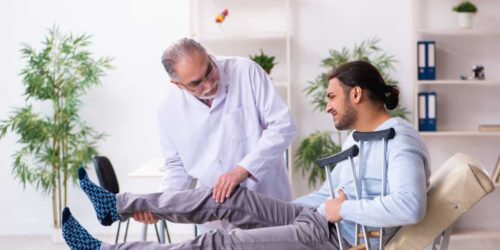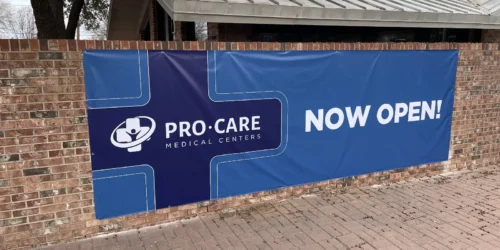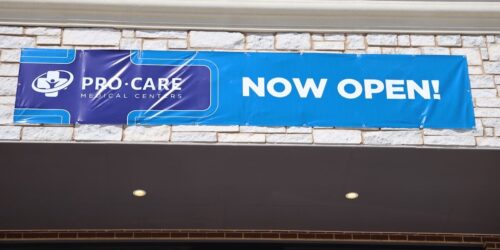Sometimes you get injured because you overuse or misuse certain parts of your body during exercise, or regular day-to-day activities. It could be anything from over-exercising to a fall to just twisting the wrong way. A lot of times, these injuries are soft tissue injuries (think muscles, tendons, nerves and ligaments) that can be very painful, and reduce how freely you can move. When this happens, the next thing you do is to seek treatment right? Fortunately, there are many ways providers heal these soft tissue injuries and IASTM is one of those ways.
IASTM Defined
Instrument Assisted Soft Tissue Mobilization/Manipulation (IASTM) is a form of manual therapy where the provider uses specially designed hand-held instruments (made of steel, plastic or any other material) instead of his hands to perform the therapy.
To understand IASTM better, you should know what exactly manual therapy is. Manual therapy is a form of hands-on physical treatment that professionals use to diagnose and treat joint and soft tissue problems. It usually involves three main acts: manipulation, mobilization and massage. So in IASTM, the hand-held instruments do the manipulation, mobilization and massage, and are used to break down scar tissue, adhesions and other restrictions in the damaged soft tissue. It’s really just like its name… soft tissue mobilization and manipulation that’s helped by the use of instruments.
What’s IASTM Good For?
- Improving range of motion: When you suffer a soft tissue injury, your range of motion generally becomes restricted. Meaning you’d find it hard to move that part of your body freely. IASTM helps to get rid of stiffness and improve mobility.
- Decreasing pain: With injuries to your soft tissue it’s almost a given that you’ll be experiencing some, if not a lot of pain. IASTM helps to reduce this pain by triggering healing in the damaged tissue.
- Breaking up scar tissue and removing adhesions: Generally what happens when you sustain an injury is that there’s inflammation and a rushed creation of new cells at the injury point. These new cells are not particularly organized, plus they’re usually too much, and this scars your tissues and makes them thicken. All these changes make it so that your tissues lose elasticity and form adhesions (adhesions are when tissues that are not normally connected to each other join because of injury). IASTM helps to remove the scar tissue you’ve developed and also break down those adhesions and other restrictions that have formed. Once all of these are gotten rid of, your blood starts to flow normally, which brings us to the next point.
- Healing: Once your scar tissue and adhesions are broken down, your affected area(s) will now start to receive blood, oxygen and other nutrients normally. This means that you can now start to heal and recover in a normal way. IASTM also assists with enhancing the integrity of your soft tissue. Simply speaking, it helps the tissue be in a better state to carry out its regular functions.
- Stimulating formation of collagen: The scar tissue that forms after an injury interferes with the normal creation of collagen. The collagen that your body forms at that point is deformed and unorganized, delaying proper healing. A huge part of how IASTM promotes the healing of your injury is that it triggers your body to create new proteins like collagen in an aligned way. This then allows the damaged tissue to improve and heal well.
Other Benefits of IASTM
IASTM isn’t just good for the person with the soft tissue injury, it’s also good for the provider who’s treating him/her. How? It allows the provider to work deeper into the tissue, delivering more precise treatment while reducing how much strain the hands are put under. The provider doesn’t have to exert so much force to achieve optimum pressure on the tissue because he has the instruments to assist.
Next time you’re at Pro-Care and you see those weird metal instruments in one of our providers hands, now you know what they’re used for!



